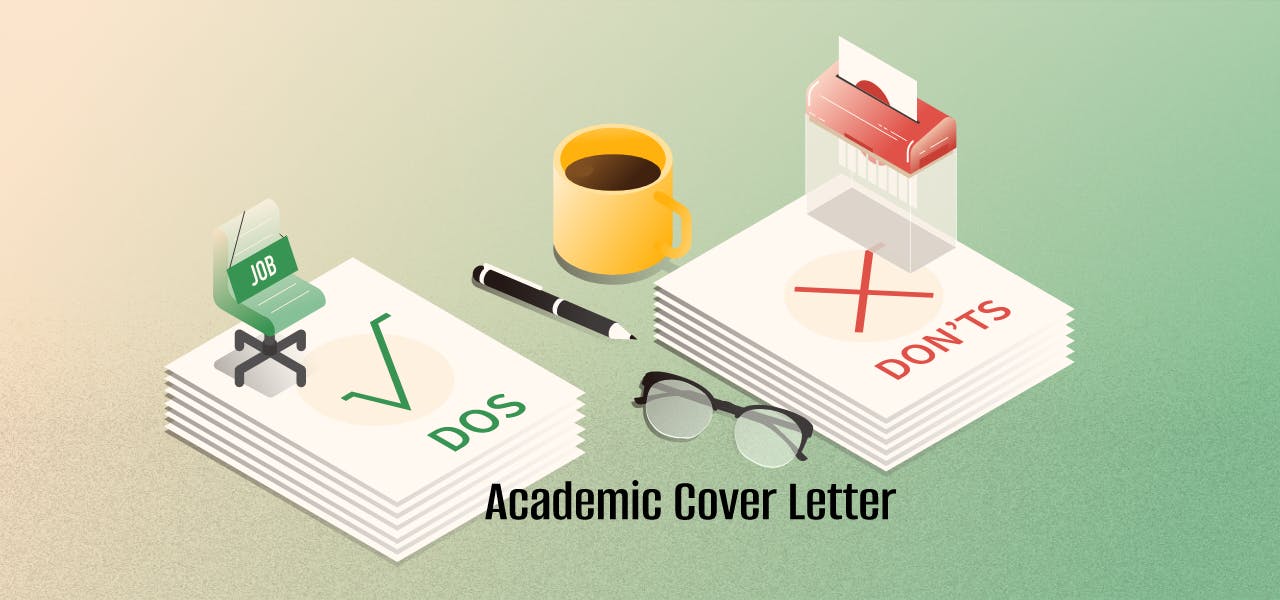Applying for a position in a higher learning institution means you have to prove immediately that you’re capable of teaching adult learners how to do the same thing. Even if your coveted job is solely behind the desk and not in front of a classroom, at some point, you could be called into that duty, and you still would be representing the institution. So, you have to start at the very basic: your cover letter.
While your resume and curriculum vitae show your experience, the cover letter can introduce you and your personality. It’s the written piece that provides the first impression of you to the reader and can make or break whether they even look at your resume. Yes, it’s that important. With that in mind, here are some of the rules you should follow as you craft your academic cover letter.
Do Include These Aspects in Your Cover Letter
Consider your cover letter to be the carrot that entices a potential hiring manager to read your CV more thoroughly. For this to happen, you have to start out with an interesting opening paragraph.
Take the time to find out who is predominantly in charge of making the hiring decisions, and use that person’s correct title as the introductory greeting. Begin your body sentence by providing your name and the reason you’re writing the letter (for a particular position, or for a general interest in working at the institution, for instance). You can address the letter to a committee body as a whole if there is no individual contact listed, but showing that you put the effort into tracking down a specific name says a lot about your work ethic.
Your intro paragraph should quickly state your current position. If you’re on a sabbatical or took time off for personal reasons, include your previous position. Give a short reason why you’re interested in this new role, and a succinct explanation of why you’d be the right person for the job.
In the second paragraph, you’ll continue this explanation by adding details that show you know what the job entails. This means customizing the letter for each application you submit and doing research on the position you’re applying for. Include information that shows you have looked into the background of the institution and that your qualities match the mission and would be beneficial to the team.
Throughout the second paragraph, you should be professional and approachable. It can be complicated to avoid sounding boastful while discussing your skills and abilities, but it is possible.
In the last body paragraph, let the reader know what they’re going to see in your CV as far as your main accomplishments. What grants did you receive that were coveted by many? Do you have any honors you’re proud of? Manuscripts that were highly received once published? You’ll go into detail on these with your CV, but again, this is the carrot that should hook the reader.
Don’t Make These Cover Letter Mistakes
With your solid body complete and your closing on, you’re ready to submit, right? Not so fast. First, let’s make sure you didn’t make any of these common academic cover letter mistakes.
● Keep your cover letter down to one page, no more than one and a half pages, but don’t adjust the margins from a one-inch top and bottom and half-inch side.
● Don’t try to fill the page by using a font larger than 12 points. However, don’t try to squeeze too much in your letter by using a font smaller than 10 points.
● Use plain white paper with black ink for printed submissions, or a plain background with black font for your email. Avoid using color text.
● Don’t use Comic Sans fonts. It’s best to stick with simple, clear fonts like Arial or Times New Roman.
● Unless you’re typing an acronym, don’t use all caps.
● Never submit a cover letter until you’ve run it through software to check for spelling and grammatical errors.
● Stay professional by skipping the humor and leaving exclamation points off your papers.
Changing Jobs? Don’t Forget to Update Your Impactio Profile
With a well-written cover letter and your powerful CV on your side, that new role is bound to be yours soon. You’ve impressed them with your Impactio profile, showing you’re a serious scholar. Don’t forget to update your information so others in the Impactio network can find and connect with you in your new location.
